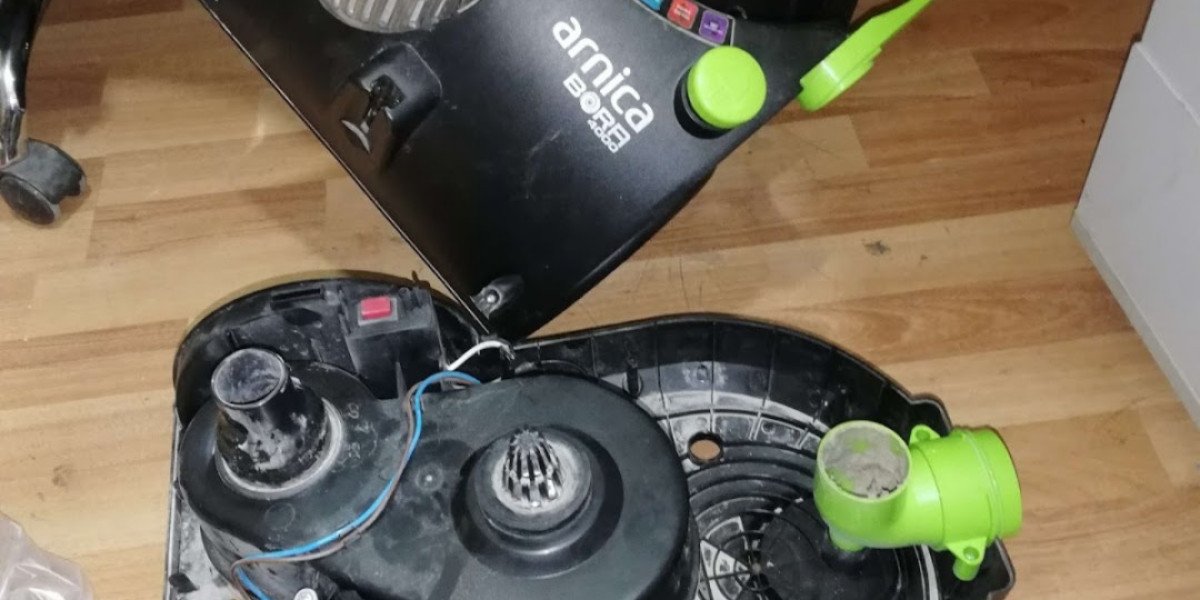Effective procurement management is crucial for businesses to ensure smooth operations, cost efficiency, and supply chain reliability. However, procurement is not without risks—fluctuating costs, supplier failures, and global disruptions can impact the flow of goods and services. To mitigate these risks, organisations must adopt a robust risk management strategy that strengthens procurement resilience and minimises disruptions.
Understanding Procurement Risks
Procurement risks can stem from various sources, including internal inefficiencies and external market conditions. Here are some key risks businesses face:
Supply Chain Disruptions – Natural disasters, political instability, or global crises (e.g., pandemics) can halt supply chain operations.
Supplier Reliability Issues – Dependence on a single supplier or non-compliance with quality standards can lead to unexpected failures.
Cost Volatility – Fluctuations in raw material prices and currency exchange rates can increase procurement costs.
Compliance & Regulatory Risks – Failure to adhere to trade laws, contracts, and industry standards can result in legal penalties.
Technological Failures – Lack of automation or outdated procurement systems can lead to inefficiencies and errors.
Strategies to Minimise Procurement Disruptions
1. Conduct Comprehensive Risk Assessments
Regularly evaluate potential risks in your procurement process by analysing historical data, supplier performance, and market trends. Use risk assessment frameworks to categorise threats based on their impact and likelihood.
2. Diversify Your Supplier Base
Avoid over-reliance on a single supplier by sourcing from multiple vendors across different locations. This strategy ensures continuity even if one supplier faces difficulties.
3. Strengthen Supplier Relationships
Building strong partnerships with suppliers fosters trust and collaboration. Establish clear communication channels, conduct regular audits, and negotiate contracts with flexible terms to handle unforeseen disruptions.
4. Implement Digital Procurement Solutions
Leverage procurement management software to streamline operations, automate workflows, and enhance data analytics. AI-driven predictive analytics can help forecast demand and identify risks in advance.
5. Monitor Market & Economic Trends
Stay informed about market trends, currency fluctuations, and geopolitical developments that may affect procurement. Having a proactive approach allows businesses to adapt their sourcing strategies in response to changes.
6. Enforce Compliance & Regulatory Measures
Ensure that suppliers adhere to local and international compliance standards. Conduct due diligence and audits to verify ethical sourcing practices and regulatory adherence.
7. Develop Contingency & Risk Mitigation Plans
Create a comprehensive risk mitigation plan that includes alternative supplier options, emergency inventory stock, and contractual safeguards to protect against supply chain disruptions.
Conclusion
Risk management is an essential component of procurement management. By proactively identifying risks, diversifying suppliers, leveraging technology, and implementing strong compliance measures, businesses can safeguard their supply chain and minimise disruptions. A well-structured procurement strategy not only mitigates risks but also enhances overall efficiency and resilience in an ever-evolving market.
Looking to optimise your procurement strategy? Start by assessing your current risk management framework and implementing these best practices to build a stronger, more reliable procurement process.






